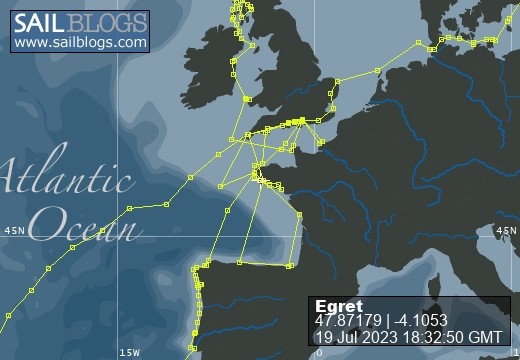
Egret
09 August 2022 | Picture: The Sunk Inner Light Vessel in the Thames Estuary
03 August 2022 | Egret at the Royal Norfolk and Suffolk Yacht Club, Lowestoft
23 July 2022 | Picture: One of the smaller locks at Holtenau
20 July 2022 | Picture: Patrick reminiscing with Juergen at Rostock
11 July 2022 | Picture: Egret at Stralsund, with the barque Gorch Fock beyond
04 July 2022 | Picture: Amanda on Bornholm
01 July 2022 | Picture: Kristianopol, with Egret at far right
26 June 2022 | Ernemar
19 September 2020 | Picture: Egret being lifted out at Ernemar, Sweden
08 September 2020 | Chart: our route from Mem into the Tjust Archipelago
01 September 2020 | Picture: the Carl Johans flight of seven locks
29 August 2020 | Picture: Egret (by G. Einefors)
27 August 2020 | Picture: Egret at Vadstena Castle
25 August 2020 | Picture: Norrkvarn Lock
23 August 2020 | Picture: Egret crossing Lake Vänern
19 August 2020 | Picture: Inside the lowest Trollhatte lock
17 August 2020 | Picture: The Gota Alv Bron in Gothenburg
16 August 2020 | Picture: the GKSS, Langedrag
13 August 2020 | Picture: Egret alongside (left) at Fisketangen
10 August 2019
123. Rounding The Cape
20 February 2015
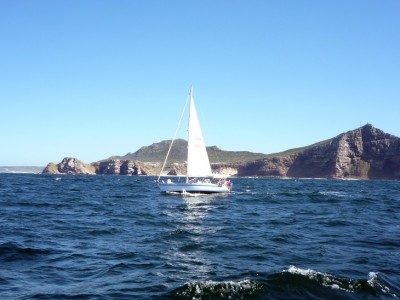
As one of the two most well known capes in the world, the Cape of Good Hope is surprisingly small. A sign at the car-park by the beach declares it “the most south-western point of the African continent”, and it took us about ten minutes from there to walk to the top. A cast iron lighthouse tower, erected in 1860, stands on the more prominent Cape Point, about a mile to the east, but the light was replaced by a lower one in 1919 after the ‘Lusitania’ hit the rocks whilst it was obscured by low cloud. The whole peninsular, part of the Table Mountain National Park, is surrounded by towering cliffs and deserted beaches. A few zebras, which are well camouflaged amongst the dark fynbos scrub and grey limestone outcrops, roam the area along with elands and ostriches. Rock hyraxes (dassies) scrabble around the foreshore or crouch on rocks, and tortoises risk their lives crossing the roads, as their shells match perfectly the tarmac and chipping surface. There are two almost identical monumental obelisks. An all white one is dedicated to Vasco da Gama, who rounded the Cape in 1497 and continued eastwards, becoming the first person to discover the sea route to India which he reached in a remarkable 23 days. The other one, which has one side painted black, is dedicated to Bartholomew Dias, who was the first to round the Cape 10 years earlier (see blog 121). After a round tour we drove back via the spectacular Chapman’s Peak toll road, which is hewn into the cliffs above Hout Bay. The Cape was originally named ‘the Cape of Storms’, but we took care to choose a relatively calm day to sail the 60 miles round from Simon’s Town to Cape Town, in company with four other yachts.
We had booked into the V&A Waterfront Marina for our first few days in Cape Town, thinking it would be handy for shopping and sightseeing. Entering involves requesting two footbridges to open, but once inside we were surprised how empty it was. In fact there seemed to be more seals than yachts, so we tied up in a vacant berth well away from them. It was Friday afternoon and there were no staff in attendance, but eventually we got hold of someone by phone, only to be told that it would be Monday before we could get a key for the gate and facilities! We weren’t impressed, and the final straw was the revolting noises coming from seals squabbling on some of the pontoons, so we called up the bridge controller and left immediately. The Royal Cape Yacht Club was far more welcoming. A member in his yacht saw us approaching and led us to a temporary berth in their marina, and then the club manager walked over to greet us, inviting us to join in at a party that evening. Being the hub of yachting in South Africa, there is invariably an event of some sort going on, and some serious race boats are based there. That weekend was the ‘Summer Fling’ and a week later was a 60 mile race to Saldanha Bay. Midweek evening races were always well attended, but the wind frequently got up in the afternoons, sometimes to as much as 40 knots, so racing often had to be cancelled. The thickness of the ‘table-cloth’ over Table Mountain, which forms a magnificent backdrop to the blue and white clubhouse, gives a good indication of how much wind to expect.
Whilst there, we were delighted to hear that Martin and Caroline, fellow members of the Chichester Cruiser Racing Club, were visiting Cape Town with three friends. They were there to greet their son-in-law Ben who is an officer on HMS Dragon, which had just arrived in Simon’s Town from the Antarctic. They all came over for drinks on ‘Egret’ and a meal at the club. The premises are isolated within the commercial docks, but we discovered that getting around was inexpensive and civilised using the modern ‘MyCiti’ bus service, which has a stop close by. Paarden Eiland, an industrial area with useful businesses including chandleries and a rope manufacturer’s factory shop, is a couple of stops in one direction, whilst the City Centre and Waterfront are in the other. This made it easy to do our shopping and also to visit some of Cape Town’s famous attractions.
We stepped into a circular capsule along with sixty other tourists, the doors closed, and it soared into the air, dangling from a wire cable. Intriguingly, the capsule turns through one complete revolution during the ascent so that everyone on board has a chance to watch the vertiginous cliffs whiz past, the summit of Table Mountain drawing nearer and the city of Cape Town and its suburbs receding below. Often the mountain is shrouded in cloud, but this day was completely clear with hardly a breath of wind, so we had rushed to the cable station on our first day in Cape Town so as not to miss this golden opportunity. At 1,060m above sea level the car came to a gentle halt and we stepped out onto the table top. The crowds quickly evaporate as one follows Smuts Track away from the café and across the rocky, fynbos covered landscape. The path runs for a couple of miles, passing Platteklipp Gorge where a few intrepid people were starting their long and precarious descent on foot. After reaching the cairn at Maclear’s Beacon one can return via an alternative path which passes close - rather too close for my comfort at times - to the precipitous edge overlooking the city and port. The views, of course, are stupendous. We could pinpoint the spot where ‘Egret’ was moored, and see the flat pancake of Robben Island out in the bay. Far away to the south, beyond the vineyards of Constantia, we could make out the Cape of Good Hope.
We crossed the six miles of open water to Robben Island on the ‘Dias’, one of the original ferries that carried prisoners and their visitors from Cape Town. We were taken round the island by coach, led by a young guide with impeccable diction and a very informed commentary. The bus stopped beside the lime quarry where prisoners had to chip away at the rock every day and crush it using hand tools. We were shown round the prison by an ex inmate who told us that he had been arrested as a young student activist and spent six years on Robben Island. He gave us an intimate and moving story of life inside, whilst leading us through various sections of the prison, including the single cell where Nelson Mandela spent 18 of his 27 years as a political prisoner. The rocky island has been a place of banishment for 400 years, including its use as a leper colony. The ‘Dias’ had seemed rather over-loaded with passengers on the way out, so we weren’t too disappointed at being directed to a comfortable fast-cat for the return trip.
The Kirstenbosch Botanical Gardens were established in 1913 on the eastern slopes of Table Mountain. It cannot be reached by bus, but we were glad we made the effort to get there by taxi. Its 528 hectares have been beautifully landscaped and are immaculately maintained to show off its specimens of African trees and plants. Fynbos (Africaans for ‘fine bush’), which grows by the coast and on the hills of south-western Africa, feature in several areas. It is characterised by cape reeds, proteas such as the conebush, ericas and bulbous plants. Orange breasted sunbirds, found only around fynbos, pollinate the plants by drinking nectar from flowers. The arboretum contains 450 species of southern African trees and features a canopy walkway known as the ‘Boomslang’ (a tree snake). A large area is devoted to cycads which have tough, spiky leaves and cones, almost unchanged since the Jurassic era. An imposing avenue of camphor trees was planted by Cecil Rhodes in 1898 when he owned the land. There is a glasshouse with sections controlled at different climates, for example that of the Namib Desert. We felt that Kirstenbosch’s claim to be one of the world’s great gardens is fully justified.
We had booked into the V&A Waterfront Marina for our first few days in Cape Town, thinking it would be handy for shopping and sightseeing. Entering involves requesting two footbridges to open, but once inside we were surprised how empty it was. In fact there seemed to be more seals than yachts, so we tied up in a vacant berth well away from them. It was Friday afternoon and there were no staff in attendance, but eventually we got hold of someone by phone, only to be told that it would be Monday before we could get a key for the gate and facilities! We weren’t impressed, and the final straw was the revolting noises coming from seals squabbling on some of the pontoons, so we called up the bridge controller and left immediately. The Royal Cape Yacht Club was far more welcoming. A member in his yacht saw us approaching and led us to a temporary berth in their marina, and then the club manager walked over to greet us, inviting us to join in at a party that evening. Being the hub of yachting in South Africa, there is invariably an event of some sort going on, and some serious race boats are based there. That weekend was the ‘Summer Fling’ and a week later was a 60 mile race to Saldanha Bay. Midweek evening races were always well attended, but the wind frequently got up in the afternoons, sometimes to as much as 40 knots, so racing often had to be cancelled. The thickness of the ‘table-cloth’ over Table Mountain, which forms a magnificent backdrop to the blue and white clubhouse, gives a good indication of how much wind to expect.
Whilst there, we were delighted to hear that Martin and Caroline, fellow members of the Chichester Cruiser Racing Club, were visiting Cape Town with three friends. They were there to greet their son-in-law Ben who is an officer on HMS Dragon, which had just arrived in Simon’s Town from the Antarctic. They all came over for drinks on ‘Egret’ and a meal at the club. The premises are isolated within the commercial docks, but we discovered that getting around was inexpensive and civilised using the modern ‘MyCiti’ bus service, which has a stop close by. Paarden Eiland, an industrial area with useful businesses including chandleries and a rope manufacturer’s factory shop, is a couple of stops in one direction, whilst the City Centre and Waterfront are in the other. This made it easy to do our shopping and also to visit some of Cape Town’s famous attractions.
We stepped into a circular capsule along with sixty other tourists, the doors closed, and it soared into the air, dangling from a wire cable. Intriguingly, the capsule turns through one complete revolution during the ascent so that everyone on board has a chance to watch the vertiginous cliffs whiz past, the summit of Table Mountain drawing nearer and the city of Cape Town and its suburbs receding below. Often the mountain is shrouded in cloud, but this day was completely clear with hardly a breath of wind, so we had rushed to the cable station on our first day in Cape Town so as not to miss this golden opportunity. At 1,060m above sea level the car came to a gentle halt and we stepped out onto the table top. The crowds quickly evaporate as one follows Smuts Track away from the café and across the rocky, fynbos covered landscape. The path runs for a couple of miles, passing Platteklipp Gorge where a few intrepid people were starting their long and precarious descent on foot. After reaching the cairn at Maclear’s Beacon one can return via an alternative path which passes close - rather too close for my comfort at times - to the precipitous edge overlooking the city and port. The views, of course, are stupendous. We could pinpoint the spot where ‘Egret’ was moored, and see the flat pancake of Robben Island out in the bay. Far away to the south, beyond the vineyards of Constantia, we could make out the Cape of Good Hope.
We crossed the six miles of open water to Robben Island on the ‘Dias’, one of the original ferries that carried prisoners and their visitors from Cape Town. We were taken round the island by coach, led by a young guide with impeccable diction and a very informed commentary. The bus stopped beside the lime quarry where prisoners had to chip away at the rock every day and crush it using hand tools. We were shown round the prison by an ex inmate who told us that he had been arrested as a young student activist and spent six years on Robben Island. He gave us an intimate and moving story of life inside, whilst leading us through various sections of the prison, including the single cell where Nelson Mandela spent 18 of his 27 years as a political prisoner. The rocky island has been a place of banishment for 400 years, including its use as a leper colony. The ‘Dias’ had seemed rather over-loaded with passengers on the way out, so we weren’t too disappointed at being directed to a comfortable fast-cat for the return trip.
The Kirstenbosch Botanical Gardens were established in 1913 on the eastern slopes of Table Mountain. It cannot be reached by bus, but we were glad we made the effort to get there by taxi. Its 528 hectares have been beautifully landscaped and are immaculately maintained to show off its specimens of African trees and plants. Fynbos (Africaans for ‘fine bush’), which grows by the coast and on the hills of south-western Africa, feature in several areas. It is characterised by cape reeds, proteas such as the conebush, ericas and bulbous plants. Orange breasted sunbirds, found only around fynbos, pollinate the plants by drinking nectar from flowers. The arboretum contains 450 species of southern African trees and features a canopy walkway known as the ‘Boomslang’ (a tree snake). A large area is devoted to cycads which have tough, spiky leaves and cones, almost unchanged since the Jurassic era. An imposing avenue of camphor trees was planted by Cecil Rhodes in 1898 when he owned the land. There is a glasshouse with sections controlled at different climates, for example that of the Namib Desert. We felt that Kirstenbosch’s claim to be one of the world’s great gardens is fully justified.
Comments
| Vessel Name: | Egret |
| Vessel Make/Model: | Sweden Yachts 390 |
| Hailing Port: | Chichester Harbour |
| Crew: | Patrick & Amanda Marshall |
Egret's Photos - Main
R.jpg) |
The Gota River, Trollhatte Canal, Lakes Vanern & Vattern and the Gota Canal
2 Photos | 9 Sub-Albums
Created 30 September 2020
|
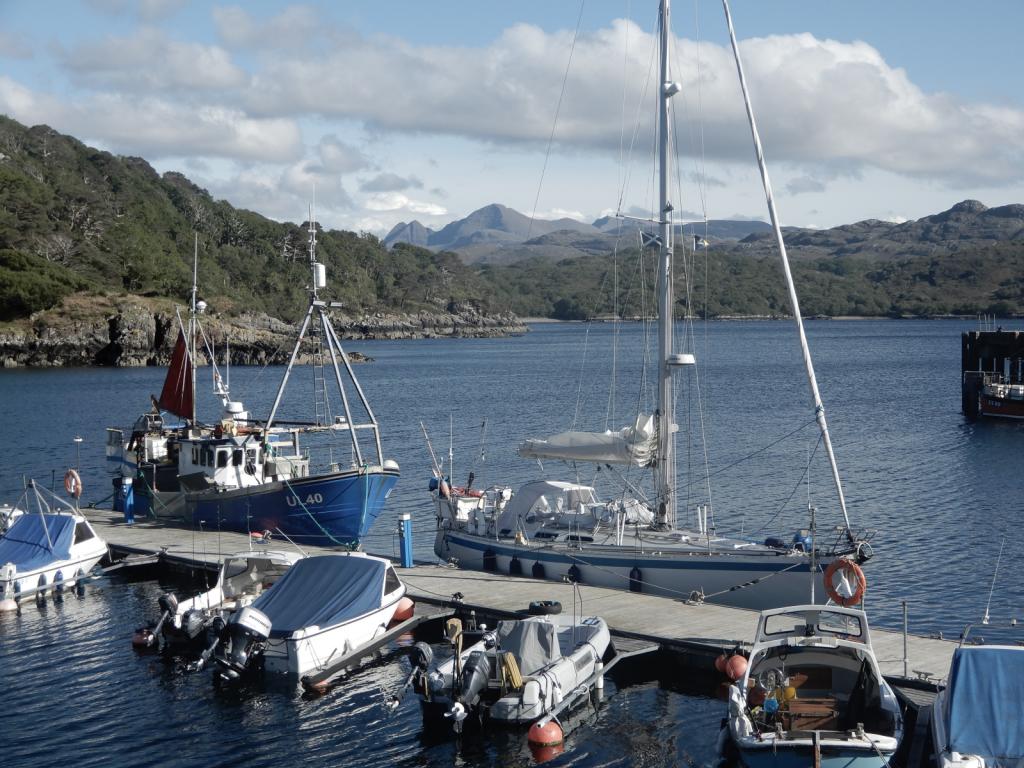 |
The Inner and Outer Hebrides, Orkney, Fair Isle, Shetland, Norway and Sweden's west coast.
1 Photo
Created 14 November 2019
|
|
Normandy, Scilly, Pembrokeshire, Ireland, Isle of Man, Northern Ireland, Inner Hebrides and the Crinan Canal.
1 Photo
Created 14 November 2018
|
Egret
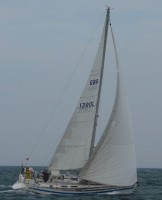
Who: Patrick & Amanda Marshall
Port: Chichester Harbour

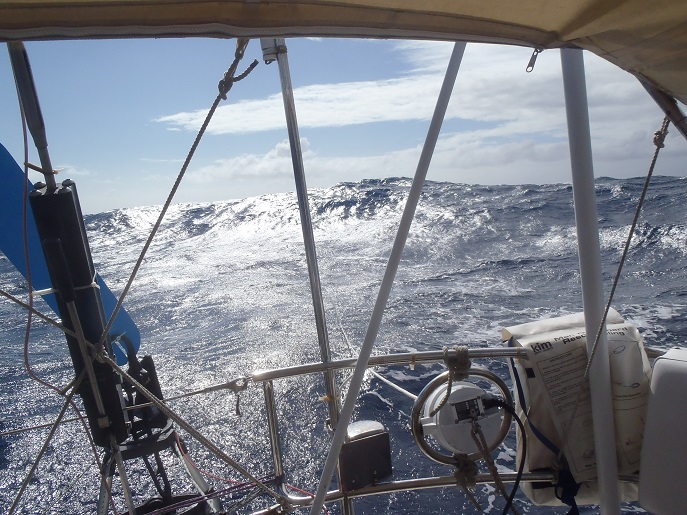
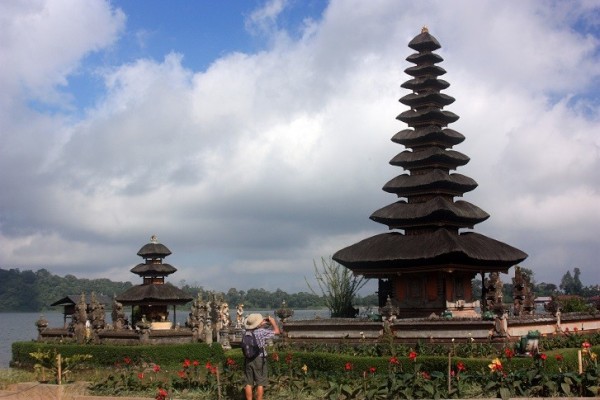
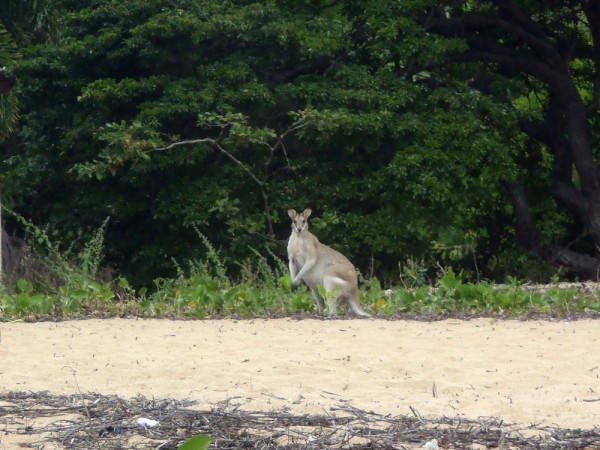
, Pentecost, Naghol (Land diving)a.jpg)
Amanda raising the Quarantine & New Zealand courtesy flagedit_edited-1 a.jpg)
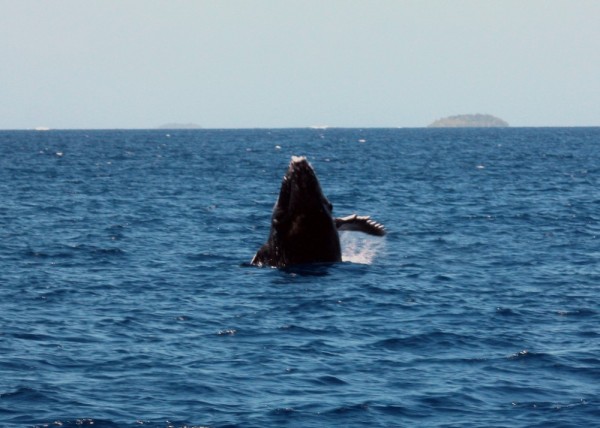
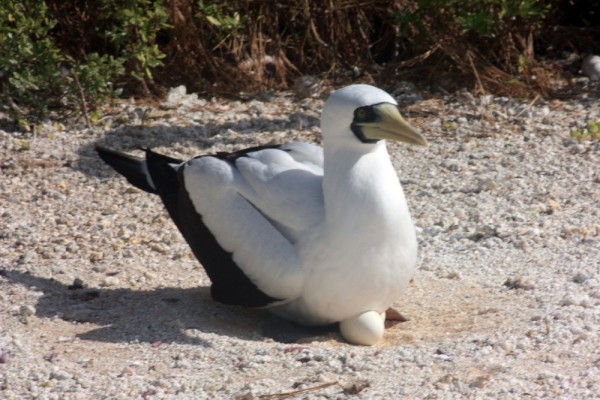
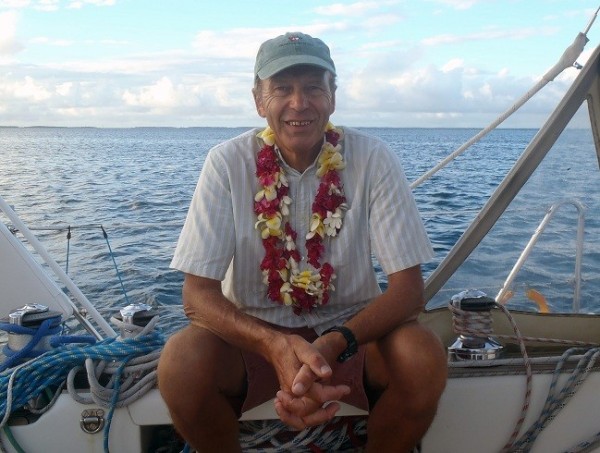
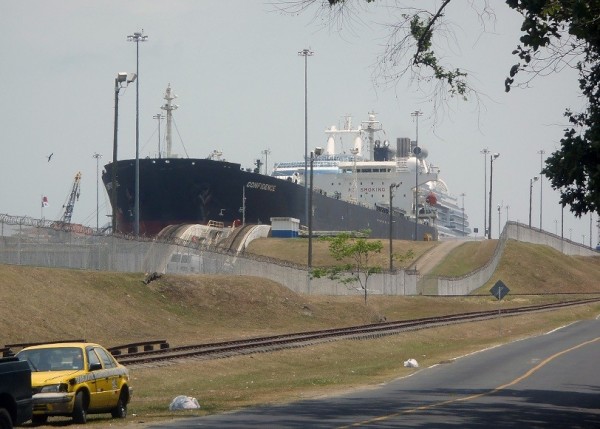
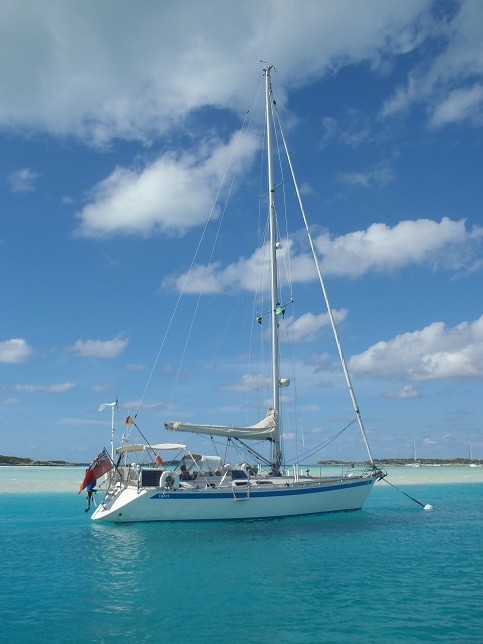
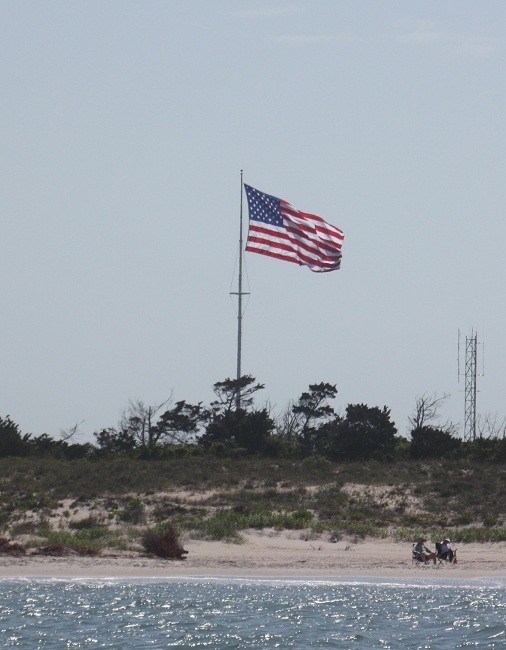
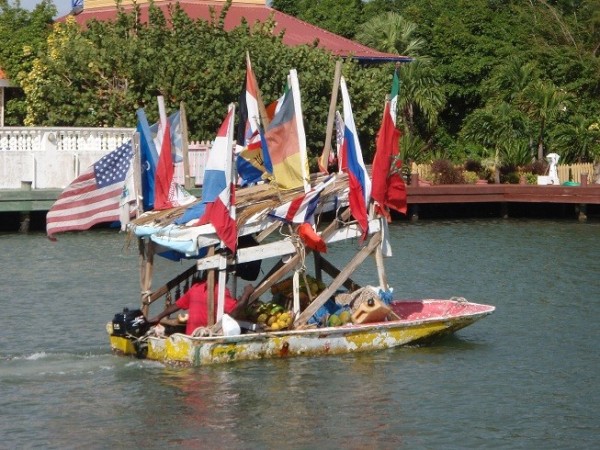
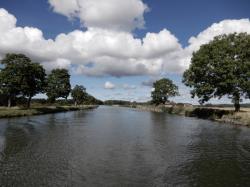
Title.jpg)



